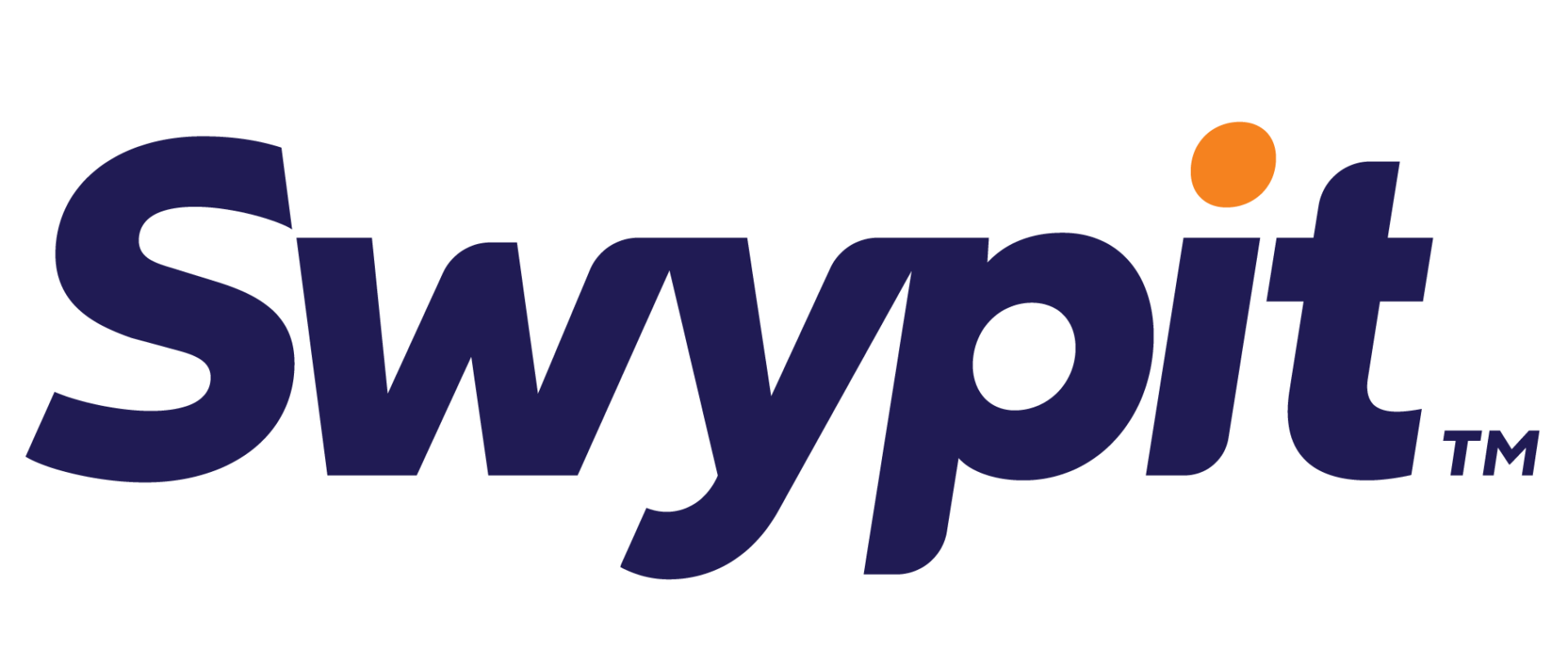How to Get Your Business Organized: Tips and Tools

Blog
Organization is critical… not only for your success as a business owner, but also for the basic operation of your business.
Being well-organized not only benefits you, but also your employees and clients too. A growing business can be overwhelming at times but being (or getting!) organized can help keep that overwhelming feeling at bay—or at least, to a minimal roar.
Organization also maximizes your productivity and minimizes the stress that tends to come with being unorganized. And it’s no big secret that keeping stress low has numerouspositive benefits, both to your business and to your life in general.
Here’s how to get organized and stay that way:
- Optimize Your Physical Space
A cluttered business space can slow you down immensely. A good place to start is at your desk. Clear your desk and only add back the things that are used everyday and the materials needed for the tasks at the top of your priority list. Next, assign each object a specific place to “belong”—whether it be in the filing cabinet, on your desk, or on a shelf.
- Paperless is the way to go
Paper is so “yesterday.” Now, that statement might be extreme but paper can definitely get in the way of “organization” and easily cause your workspace to be disorganized. Going paperless reduces the clutter of paper and allows you to manage your files online. Even if paperless isn’t really your “thing,” you can digitize only the most important documents. One thing to point out for this method, is that to go paperless you will need a way to easily scan your documents, such as a scanner or a scanning app. CamScannerand JotNotPro are scanning apps with high reviews. The two have features such as high scan quality, e-signature, advanced editing options, optical character recognition, the ability to share documents, security, and the option to sync across several devices.
- Optimize a Scheduling System
Every business has its own scheduling needs, whether that be checking emails, contacting customers, or hosting meetings. Having a way to organize your business’ schedule is a great way to reduce downtime too! The best way to organize time blocks is to utilize a time planning program that everyone has access to and can operate rather easily and intuitively. This is also a simple way to be sure that everyone is on the same page, can stay in contact with each other, make changes without confusion, and last but not least, stay organized.
- Declutter Your Inbox
Anyone who has email knows how many emails can come through each day, cluttering your inbox, and for sure making it difficult to locate the important emails. A simple fix to this issue to is to clean out your inbox regularly, deleting the irrelevant and junk emails and only keeping the ones you’ll need to refer back to in the future. If you are overwhelmed by manually cleaning your inbox, you can use an app such asInbox by Gmail. This app clusters similar emails together so you can easily put your hands on the ones you need when you need them. These clusters can include things like social media updates, purchase receipts, and even trip itineraries. This is a hugely beneficial tool for reducing the amount of time spent sifting through emails and keeping you organized.
- Keep Track of Your Expenses
Managing all the expense reports for your business can be a hassle but it doesn’t have to be that way. Of course, getting this under control begins with a manageable way to track your expenses so that you don’t get behind or leave expenses out of the reporting. Tools can be helpful for this. For example, Expensifycan greatly reduce the hassle of tracking expenses and really, do a lot of the work for you. It also frees up some of your time for higher-priority tasks.
- Create a productive environment
A productive environment is instrumental to a productive workplace. Simple adjustments can be made to that can increase productivity dramatically. For example, did you know that adding plants has been proven to improve concentration, allowing productivity to be increased by a whopping 15%. Furthermore, while standing desks aren’t optimal for jobs that require long hours behind a desk, for short periods, standing while working comes along with several benefits such as strengthening your back and reducing the risk of obesity related diseases.
Surely, none of these things is going to solve all your organization (or disorganization!) problems overnight—or even at all. But combined, they will help you get clearer in focus and more productive, especially over time.

